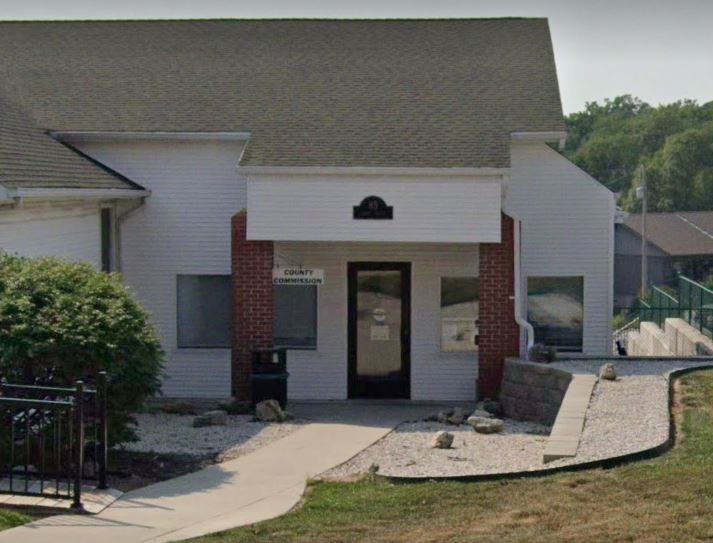MU Health Care Introduces Groundbreaking Technology for Diagnosing Respiratory Diseases
University of Missouri Health Care has begun clinical scanning of lung ventilation using magnetic resonance imaging (MRI) with inhaled hyperpolarized gas as a contrast agent.
The inhaled contrast agent, XENOVIEW, is produced in the University of Missouri’s polarizer system and used with the MRI unit located in the Roy Blunt NextGen Precision Health building.
XENOVIEW is the first and only inhaled contrast agent approved by the U.S. Food and Drug Administration for use with MRI for the evaluation of lung ventilation in patients aged 12 and older. Using inhaled xenon gas as a contrast agent for MRI scans is termed Xenon MRI. MU Health Care’s Department of Radiology launched a research program in pulmonary imaging using Xenon MRI in 2018. In December 2022, the FDA approved its use with patients and MU Health Care upgraded its polarizer system to a clinical configuration, (Polarean HPX), with a goal of offering this groundbreaking imaging technology to patients.
“Advancing Xenon MRI from the research realm into clinical application represents a tremendous breakthrough for evaluating lung diseases such as cystic fibrosis, asthma or COPD,” said Talissa Altes, MD, Chair of Radiology at the University of Missouri School of Medicine. “Rather than imaging structures and tissue, we’re imaging function itself. In this case, producing a highly detailed image of how the lungs are doing their job.”
The gas contrast agent is inhaled, and imaging is performed in a short breath hold by the patient. The image acquisition typically takes only 10-to-20 seconds. The resulting images provides pulmonologists, surgeons and other respiratory specialists with highly detailed maps of ventilation in their patients’ lungs to assist them in managing their disease.
“Traditionally patients are diagnosed based on how they present compared to other patients with similar symptoms,” said Robert Thomen, PhD, associate professor of radiology and bioengineering at the University of Missouri School of Medicine. “Because we can now see the function of the lungs as air is inhaled, we have the opportunity to bring more precision to the diagnosis of respiratory disorders.”
MU Health Care is just the second health system in the United States to begin imaging patients using Xenon MRI.
The first patient to undergo a Xenon MRI scan at MU Health Care was a patient with cystic fibrosis. Referring physician, Zachary Holliday, MD, MU Health Care pulmonologist, called the images, “incredibly helpful in furthering our understanding in how the lungs function in patients with cystic fibrosis, which will hopefully lead to earlier interventions that save and improve lives.”
###
About University of Missouri Health Care
University of Missouri Health Care is an academic health system with a mission to save and improve lives. Caring for patients from each of Missouri’s 114 counties, MU Health Care specialists treat the simplest and most complex medical conditions, discover breakthroughs and train the next generation of doctors to do the same. Committed to collaboration, research and innovation, MU Health Care has more than 6,000 physicians, nurses and health care professionals in over 80 specialties working together to give patients seamless care with the most advanced treatments and safest procedures. Serving more than 240,000 patients each year, MU Health Care facilities include Capital Region Medical Center, Children’s Hospital, Ellis Fischel Cancer Center, the Missouri Orthopaedic Institute, Missouri Psychiatric Center, University Hospital and Women’s Hospital, as well as multiple quick care, urgent care, primary care, specialty and affiliate locations. For more information, visit http://muhealth.org.
MU Health Public Relations, One Hospital Drive, Columbia, MO 65212
Twitter @muhealth · Facebook.com/MUHealthCare · Instagram.com/MUHealth


